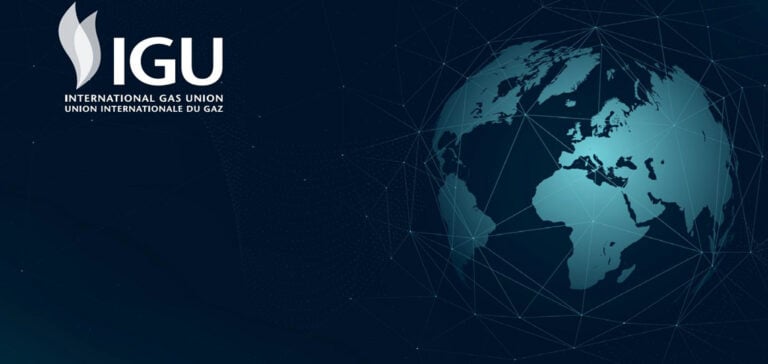The Global Gas Report 2023 was published by the International Gas Union (IGU), Snam and knowledge partner Rystad Energy at the Energy Intelligence Forum in London.
The Gas Market in 2023
The global gas industry showed great resilience in the face of extreme shocks in 2022, emerging from the most turbulent year in its history more agile and adaptable than ever. However, the global gas market remains unstable in 2023. It remains undersupplied and is highly sensitive to fluctuations in supply and demand.
Significant divergences between the outlook for global energy and gas demand, particularly with regard to investment in natural gas, low-carbon gases and renewable gases, raise the risk of more severe energy shocks by 2030. Natural gas, low-carbon gases and renewable gases play a key role in decarbonizing energy systems worldwide, thanks to the flexibility of LNG infrastructures.
The Energy Transition in Question
Increased attention to comprehensive energy planning, the development of low-carbon gases, robust conservation measures to reduce demand, and carbon capture and storage will determine the success of the energy transition.
As a result of the supply and price shocks linked to the Russia-Ukraine crisis, global gas demand is expected to be 1.5% lower in 2022 than in 2021. The biggest declines were in Europe and Asia, partly offset by strong growth in North America.
Demand growth in China
In China, gas demand rose by 5.4% in the first half of 2023, reaching 194 billion cubic meters.
Stefano Venier, CEO of Snam, stressed the importance of continuing to invest in gas infrastructure to guarantee a reliable and affordable supply of natural gas and accelerate the development of low-carbon green gas and CCS.
Gas Price Trends
Natural gas prices remain above pre-health crisis levels in 2023, although prices have fallen from the record peaks of 2022. The reduction in prices in 2023 is largely due to lower demand, mainly in Europe and Asia.
IGU President Madam Li Yalan stressed that to build sustainable energy systems that are affordable for all, investment in gas is needed alongside renewable energies.
Despite recent optimism, continued investment in the natural gas value chain is needed to meet global demand and expected growth in certain regions.
An Uncertain Future
Analysis of potential trajectories for the world gas market towards 2030 shows that additional investment is needed to satisfy many possible demand prospects. Without further investment, existing gas production is set to decline, underscoring the importance of acting now.
By the end of 2022, global low-carbon hydrogen supply capacity stood at 3.2 million tonnes per year, and biomethane at nearly 7 billion cubic meters, well short of the 2030 targets.
Global CO2 emissions continued to rise in 2022, mainly due to higher natural gas prices. However, by 2023, lower prices, the resumption of nuclear power and the production of energy from renewable sources have reduced coal consumption and emissions, particularly in Europe.
About the Report
The 2023 edition of the Global Gas Report is the result of a collaboration between IGU and Snam, produced by Rystad Energy. It aims to provide information on the global gas industry, and to inform stakeholders, partners and global decision-makers on the current state of the sector and priorities for the future.
Download the full 2023 report here.






















